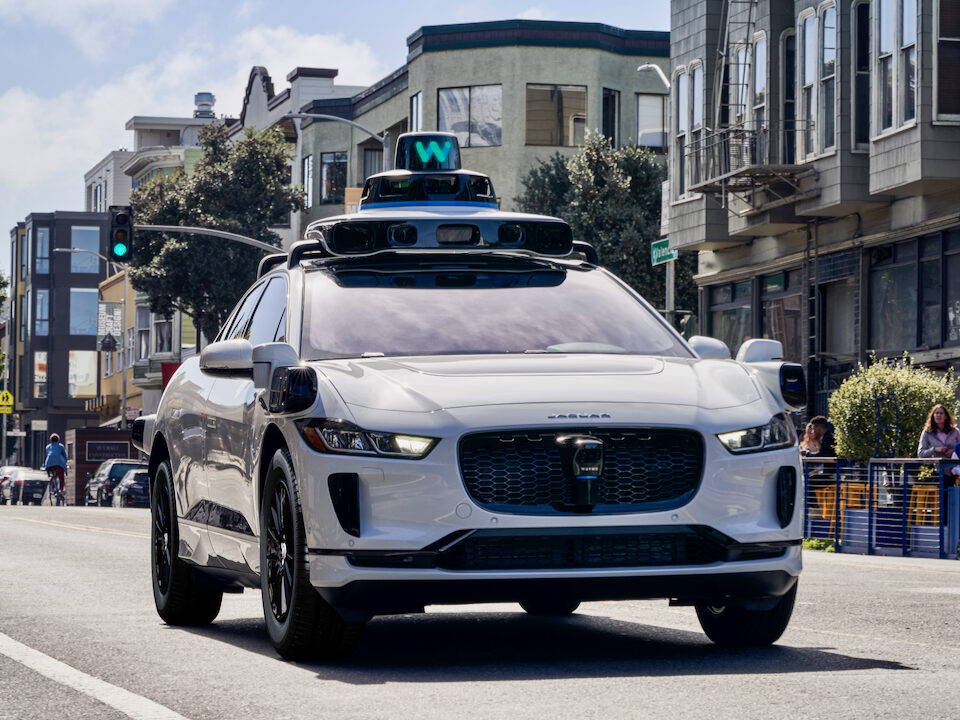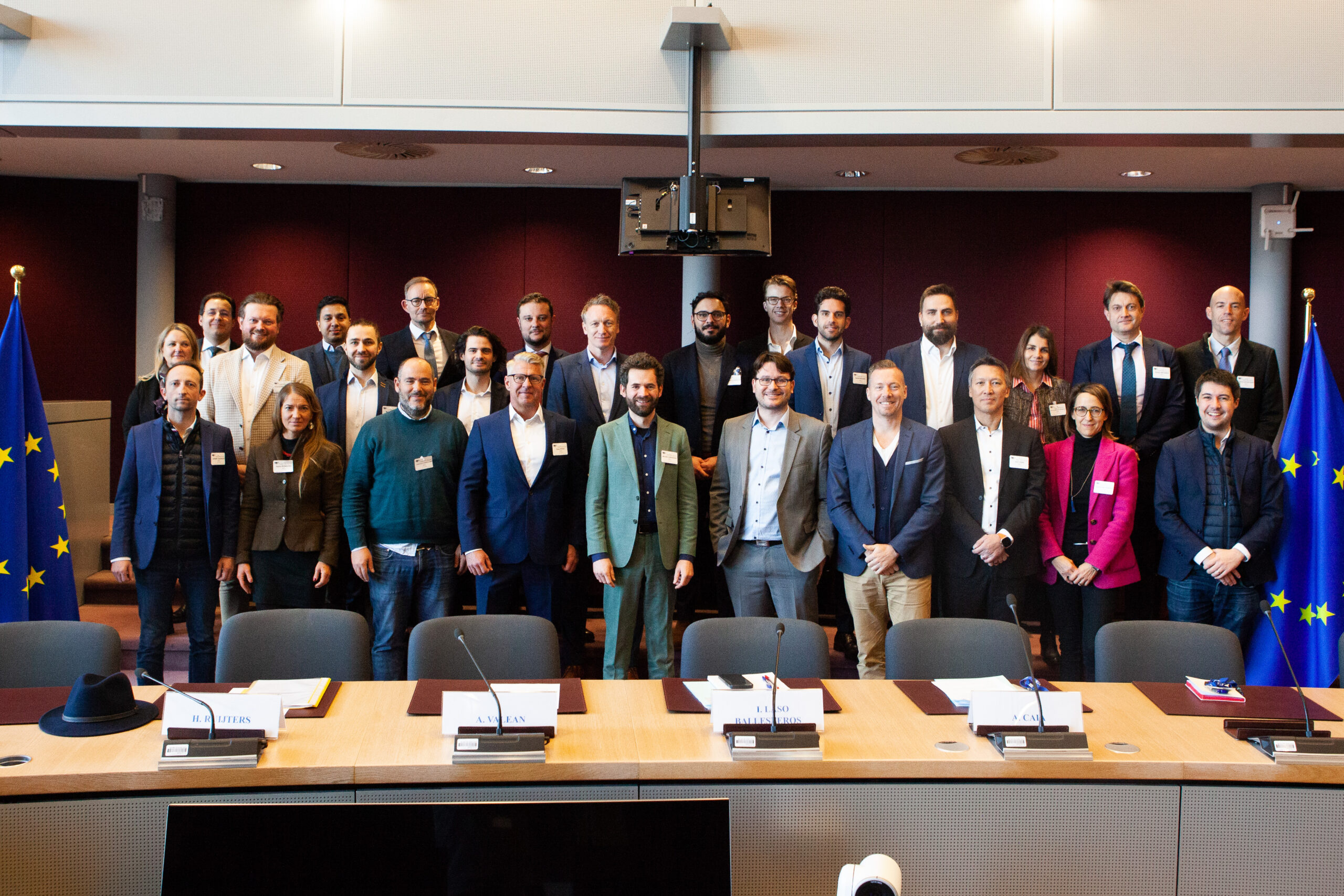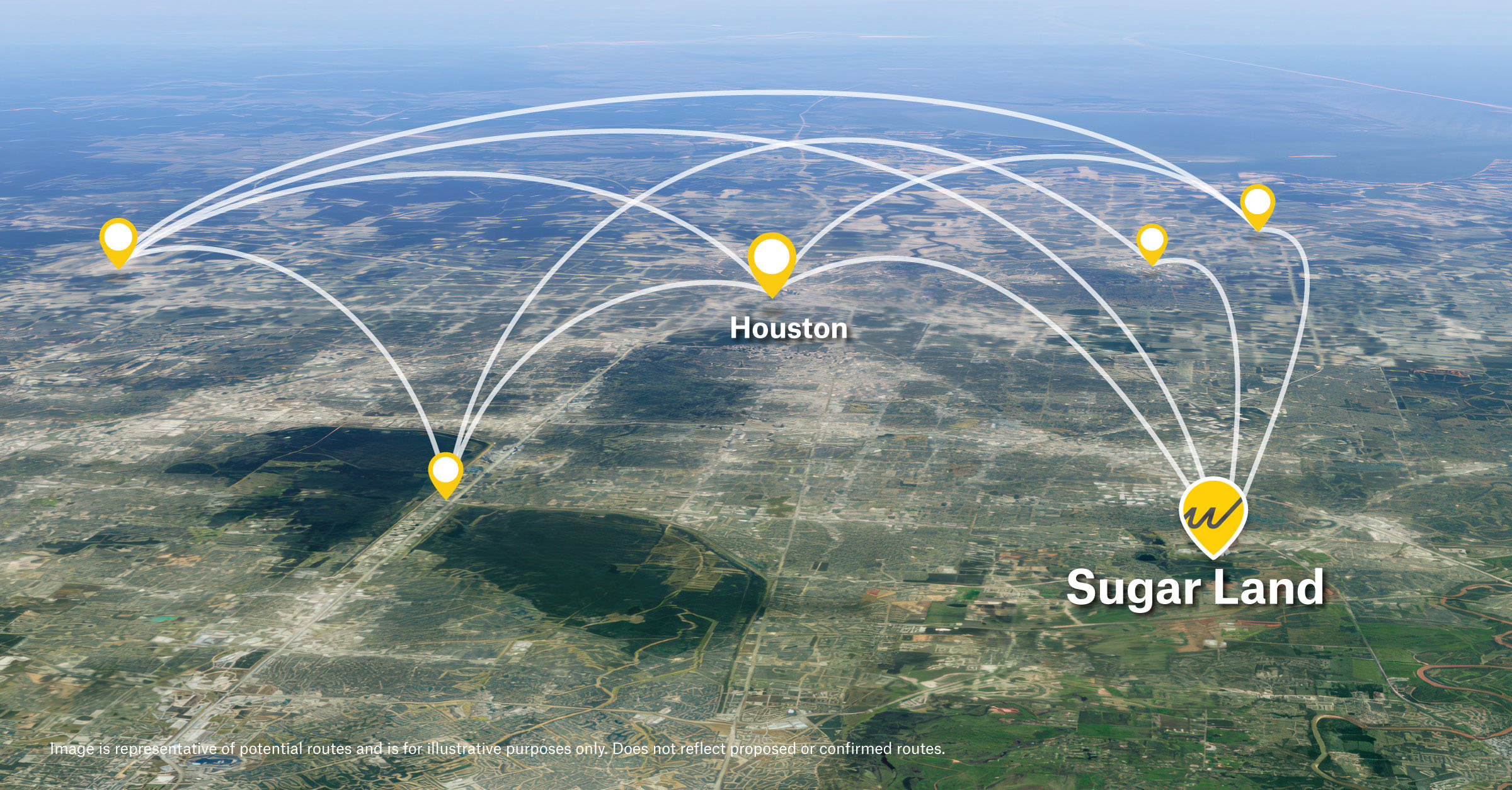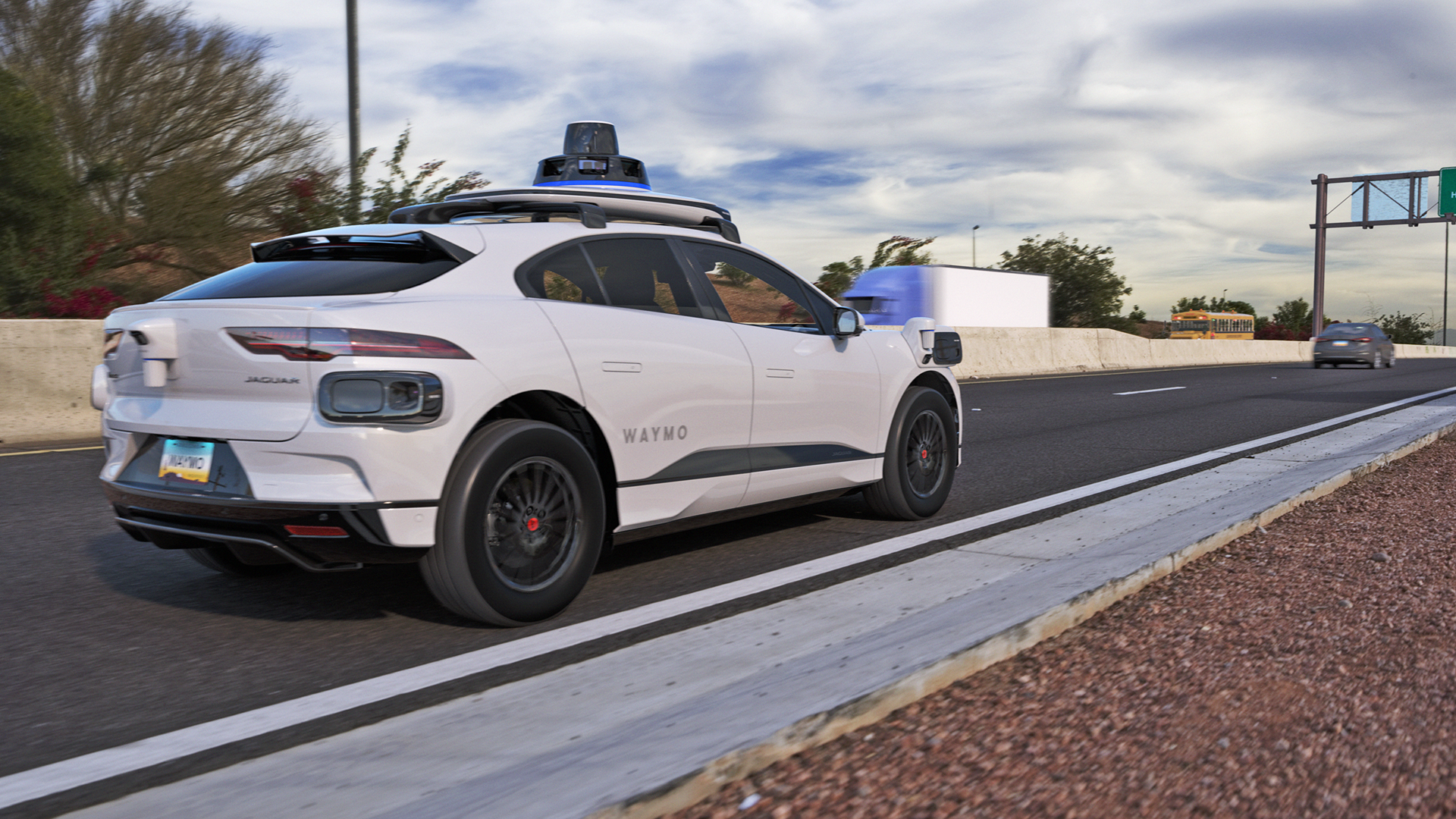In its vision for incorporating autonomous technologies into the future of transportation, May Mobility aims to reduce reliance on parking to create more space in US cities.
Currently, parking is a key feature of most US cities. According to the Parking Reform Network, cities across the nation dedicate an average of 26 percent of their city centres to parking.
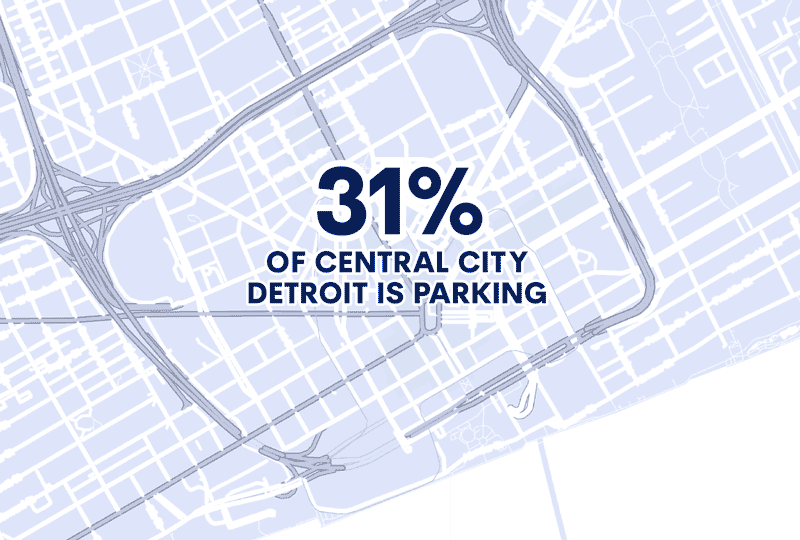
In prioritising this demand, space for parking determines the size, shape and cost of new buildings, traffic patterns and congestion, alongside the viability of public transit routes. Meanwhile, parking spaces take up areas that could otherwise be used for more housing, parks, recreational areas, restaurants or stores.
As a result, May Mobility argues that this reliance on parking limits both residential and commercial growth.
This problem arises due to society being built around car ownership. The US has therefore built its cities around the cars people drive rather than the people themselves.
To overcome this issue, some cities are starting to change their laws around parking. In 2023, 11 cities ended their minimum parking mandates, while California Governor Gavin Newsom signed a bill that prevents local governments from mandating parking spaces for new developments within a half-mile of transit stops. Some cities are even setting “parking maximums,” which limit the number of spots that can be built.
In doing so, these cities hope to revitalise public areas, increase public transit value, improve housing affordability and fight climate change.
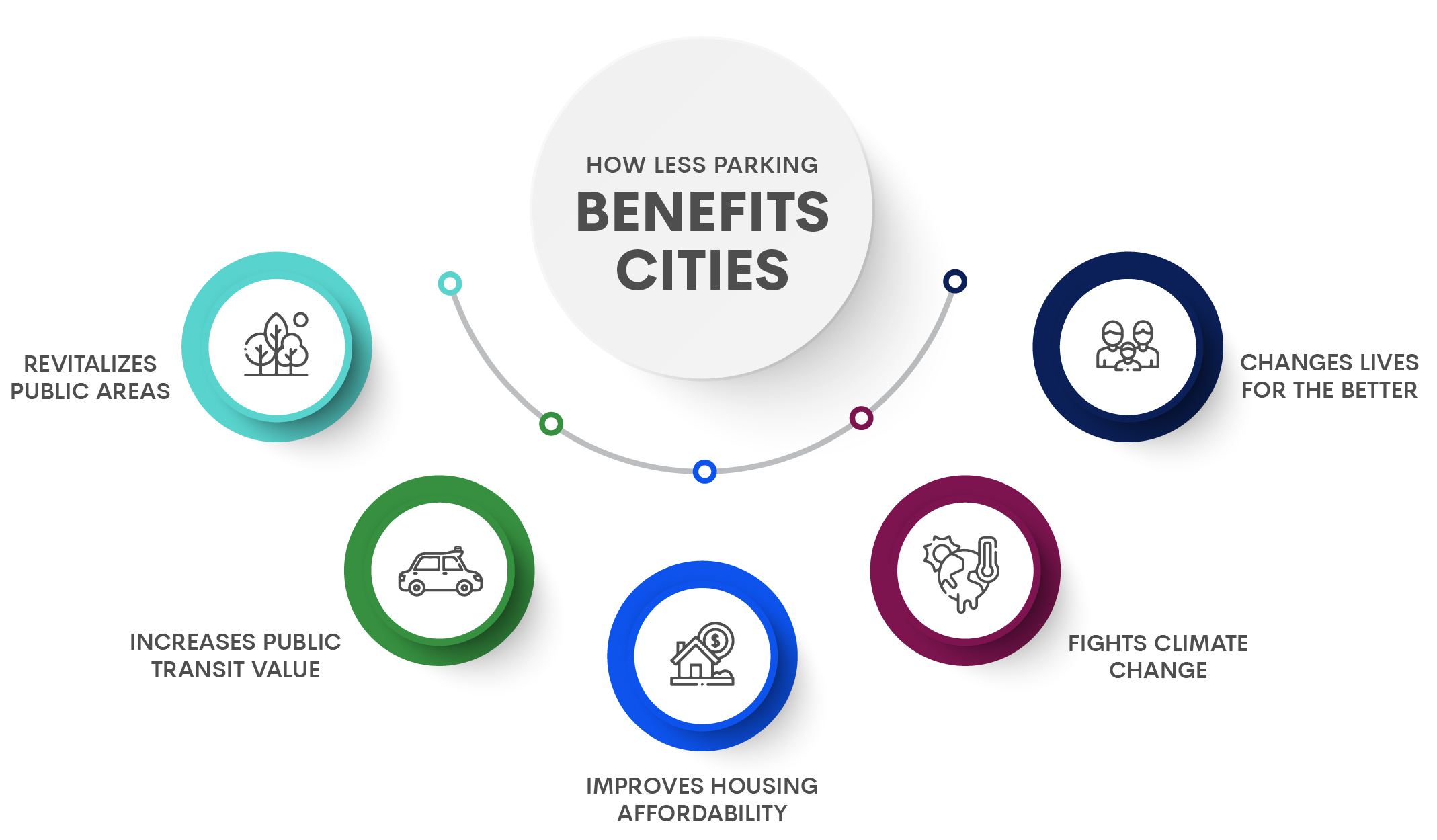
This new focus aligns with May Mobility’s vision to make cities better places to live through the use of autonomous technologies. To do so, it is integrating shared autonomous vehicles into public transport networks.
Through such initiatives, it hopes to create a safer, greener and more accessible world in which more people are accepting of public transport. This could help convert two-car households into one-car households.
In turn, as more people use public transport, city officials will be incentivised to change parking laws and build up mass transit infrastructure. With fewer parking spaces needed, vital city centre space can then be used for things that improve quality of life.
May Mobility does emphasise that its goal is not to eliminate parking lots entirely. However, it envisions a future where everyone has easy access to the places they want to go, regardless of their mode of transport.


